Samsung ATIV S Neo (AT&T) - Hands on and first impressions
We go hands on with AT&T's latest Windows Phone, the ATIV S Neo
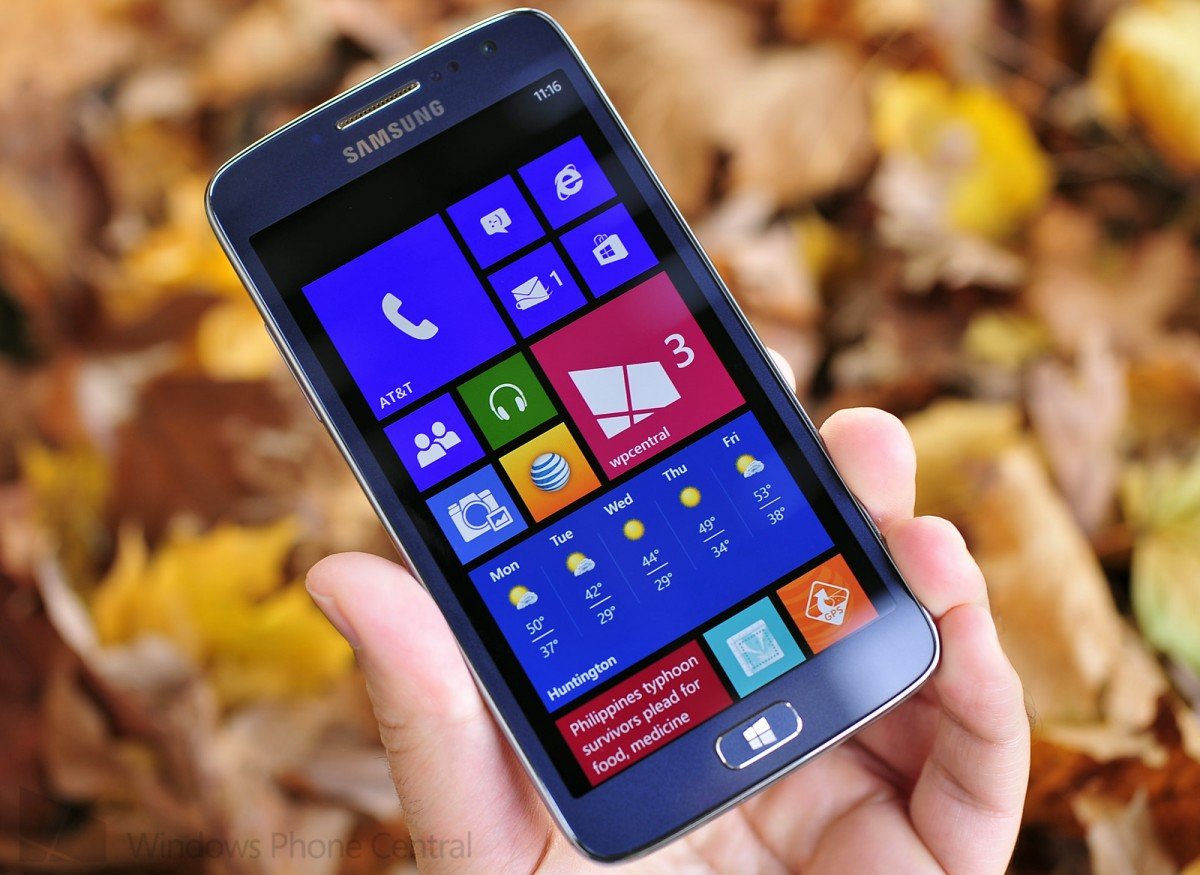
This past weekend, AT&T released the Samsung ATIV S Neo, their first Windows Phone 8 Samsung device. Released earlier this year on Sprint, the ATIV S Neo is a version 1.1 of the original ATIV S—more slight refinements than an overhaul.
Samsung was once again not interested in promoting their device so we had to go out and buy the phone ourselves, instead of a standard review unit. The phone runs for $99 on contract or $420 off and while many Lumia fans won’t find much to gawk over, the phone is a solid entry into the Windows Phone category.
We’ll be following up with a full review in a bit, but here are our quick impressions of the latest Windows Phone 8 device for AT&T. Check out our video tour and high resolution photos after the break!
Samsung ATIV S Neo (AT&T)
- Windows Phone 8 build 10512 (Update 3)
- 1.4 GHz dual-core Snapdragon CPU
- 16 GB internal storage; expandable with microSD (up to 64 GB)
- 2000 mAh replaceable battery
- 4.77-inch 1280x720 TFT display; 306ppi
- 8 MP rear camera, LED flash; 1.9 MP front facing camera
- LED charging light
- MicroUSB, MicroSD, MicroSIM
- 4G LTE
- 5.04 ounces (142 grams)
- 5.33 x 2.72 x 0.36 inches
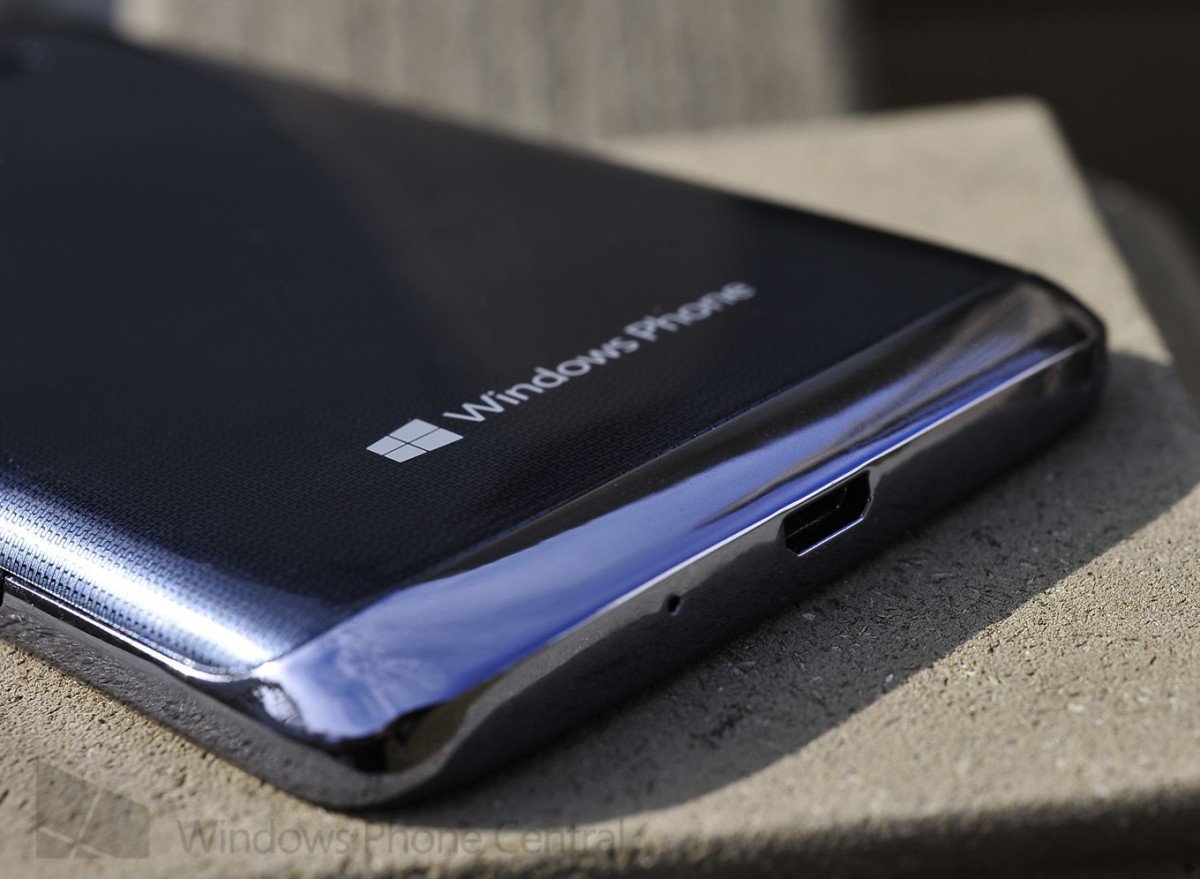
On paper, the ATIV S Neo is a solid mid-range Windows Phone. While it lacks the 1080P displays of the forthcoming Lumias or a high end camera, the specifications are respectable. The design of the hardware can be summed up simply as ‘classy’. The chrome trim shimmers in the light and royal blue hue to the device offers a nice change from standard black.
Audio quality was solid although reception was not as good as other Windows Phones, resulting in a drop from LTE speeds to HSPA+ in the same areas as other devices. Likewise, GPS was wonky, resulting in unusable device for navigation (positioning was bouncing all over the place, lagging severely or just not finding the satellites). The GPS issue was hit and miss with it working better in rural areas rather than urban. It’s not clear if this is an isolated tower issue or something with the device, though we have never seen it before with a Windows Phone.
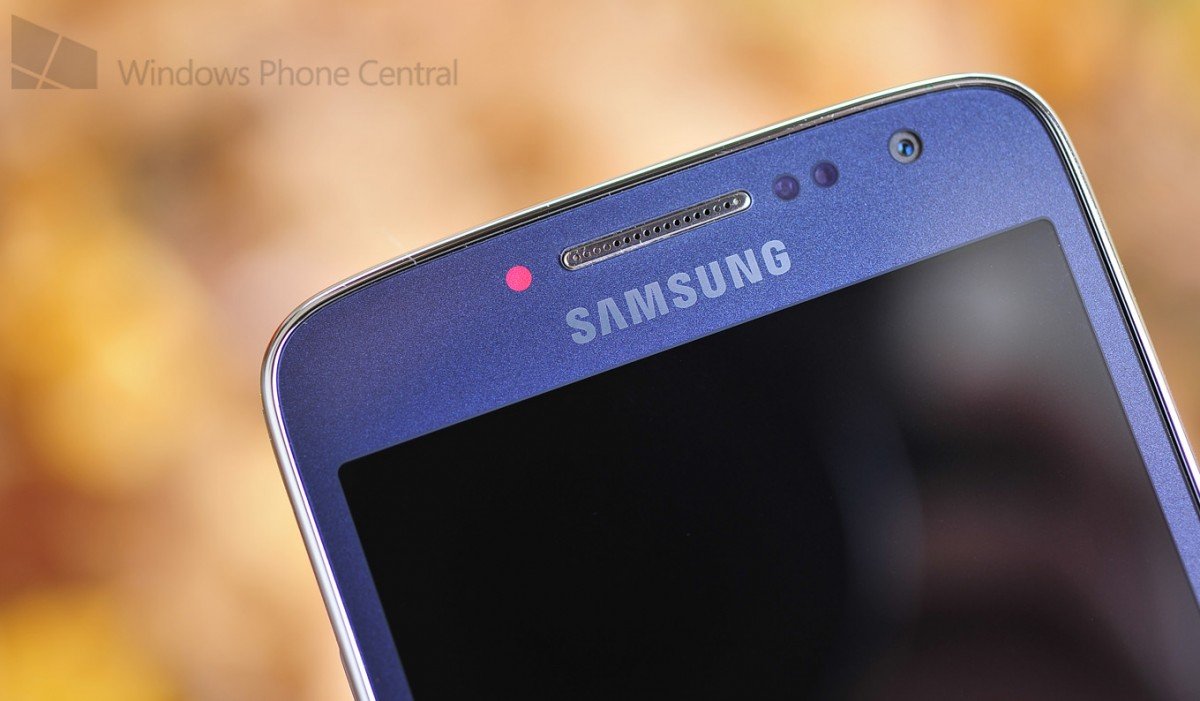
One of the neatest features is the charging LED light, which is hidden to the left of the ear speaker. It comes on when the device is charging, but only when the display is off. It serves no other function i.e. for missed calls or a voicemail, but it’s still a nice touch. It’s red when charging, but changes to green when fully charged. We also like how the Back and Search button are hidden when the device’s display is off but “shine through” the chassis when illuminated. It makes the device that much cleaner looking.
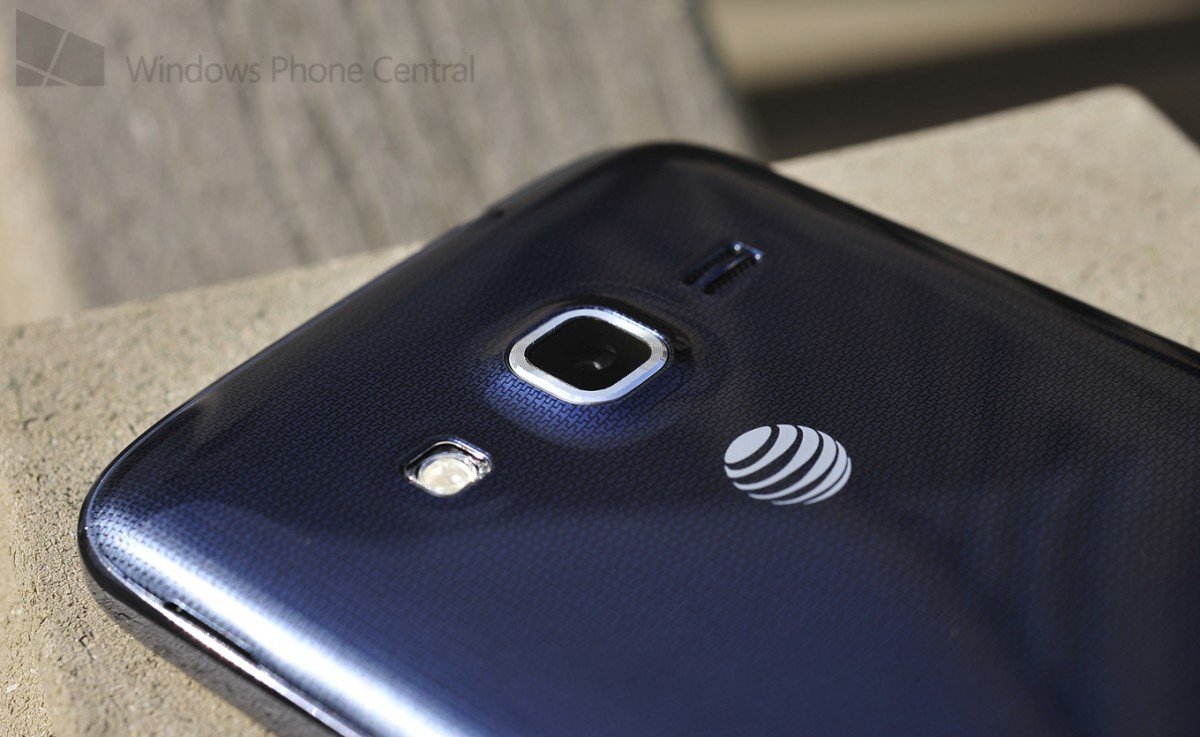
The camera is a standard 8 MP shooter with a single LED. It’s passable but let’s be honest, you’re not getting the ATIV S Neo for its lackluster camera. Images are muddy and uninspiring in moderate light, but acceptable in day time shots.
Get the Windows Central Newsletter
All the latest news, reviews, and guides for Windows and Xbox diehards.
While Samsung is phoning it in with Windows Phone, the ATIV S Neo is a device we wanted to just pass on due to the low bar they have set for themselves. As it turns out, the Neo has a fantastic display, feels great in the hand and it looks damn sharp lying on our table. However, the reception weakness and GPS woes have us giving pause to recommending this device just yet.
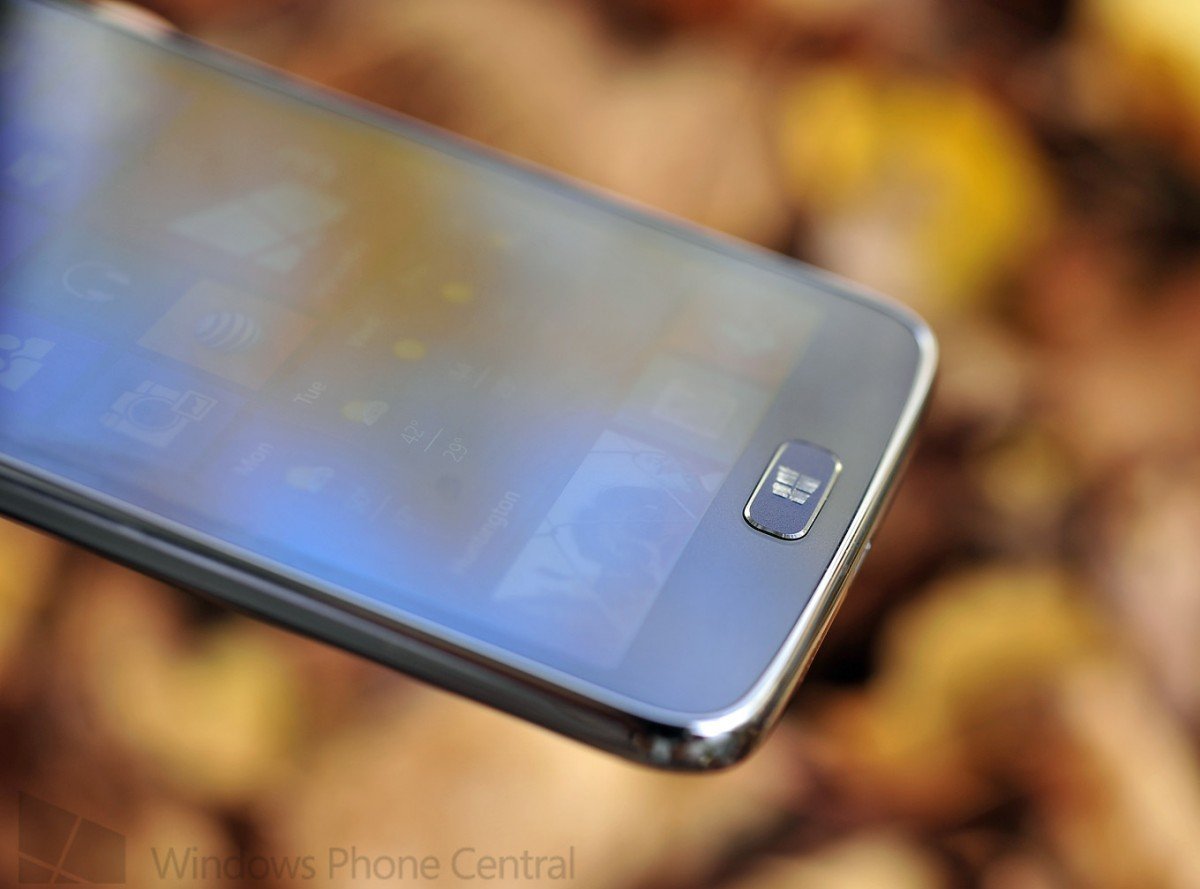
We’ll follow up more with the ATIV S Neo in the coming days. For now, you can ask questions below or head into our dedicated forums: forums.wpcentral.com/samsung-ativ-s-neo
The AT&T Samsung ATIV S Neo is available at AT&T Stores and online.
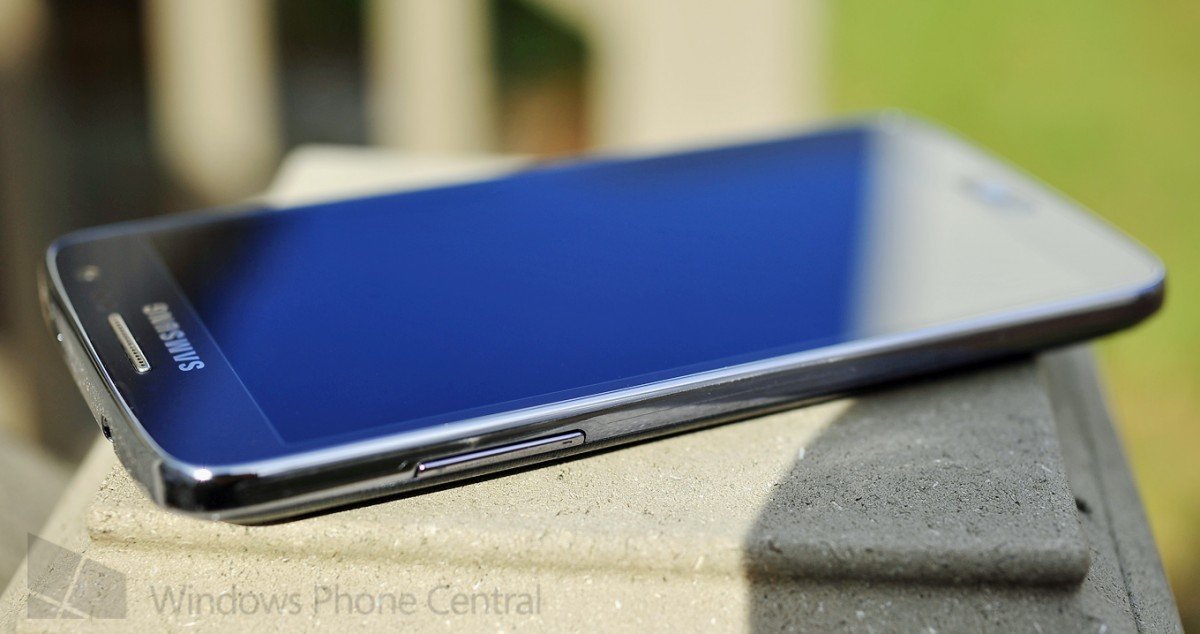

Daniel Rubino is the Editor-in-chief of Windows Central. He is also the head reviewer, podcast co-host, and analyst. He has been covering Microsoft since 2007 when this site was called WMExperts (and later Windows Phone Central). His interests include Windows, laptops, next-gen computing, and wearable tech. He has reviewed laptops for over 10 years and is particularly fond of 2-in-1 convertibles, Arm64 processors, new form factors, and thin-and-light PCs. Before all this tech stuff, he worked on a Ph.D. in linguistics, performed polysomnographs in NYC, and was a motion-picture operator for 17 years.
